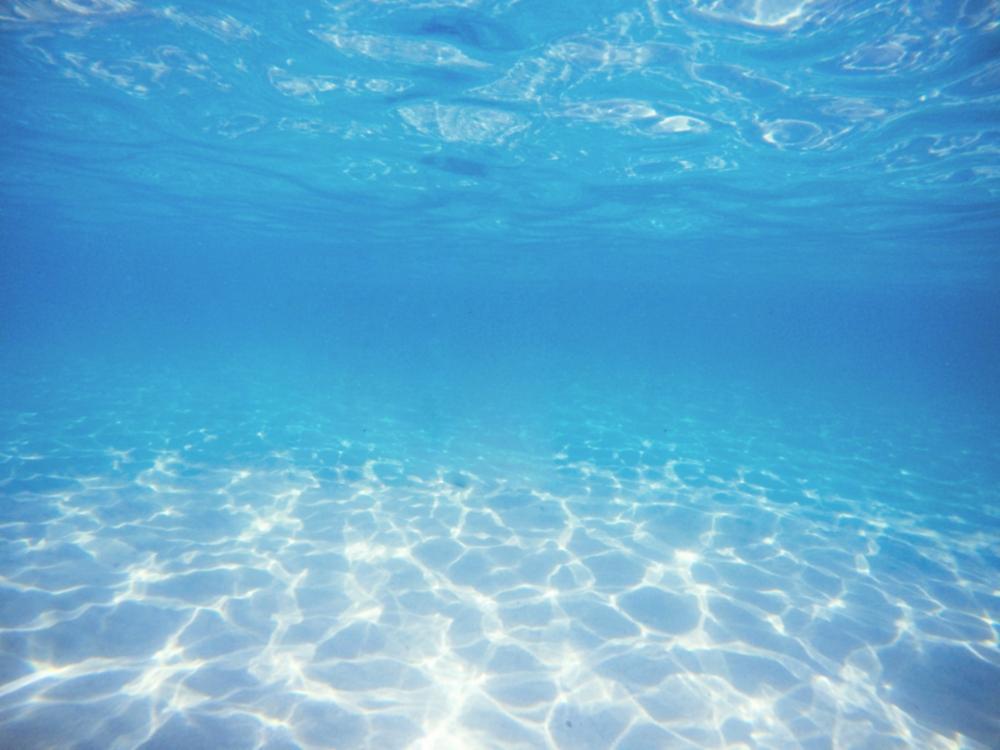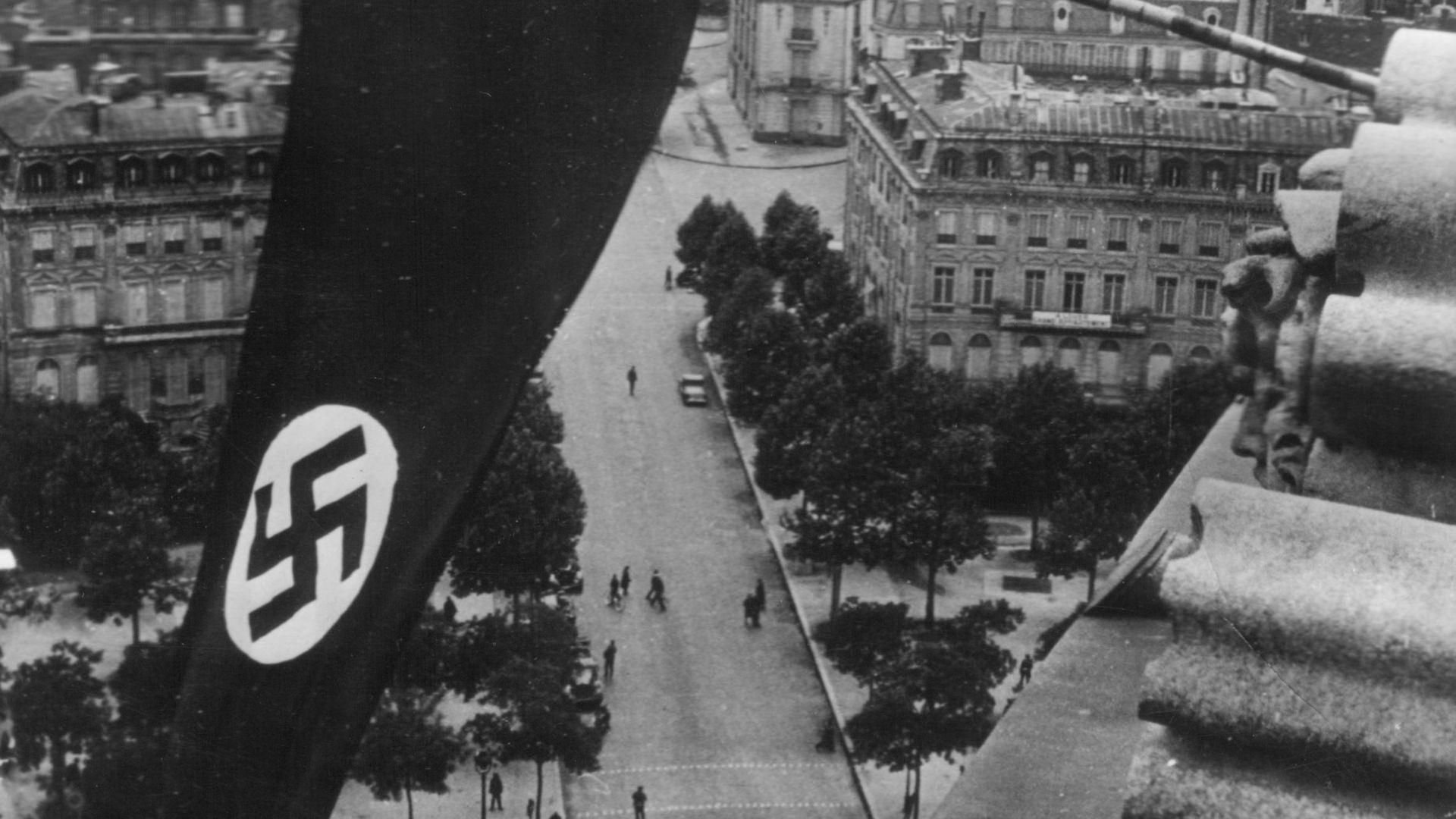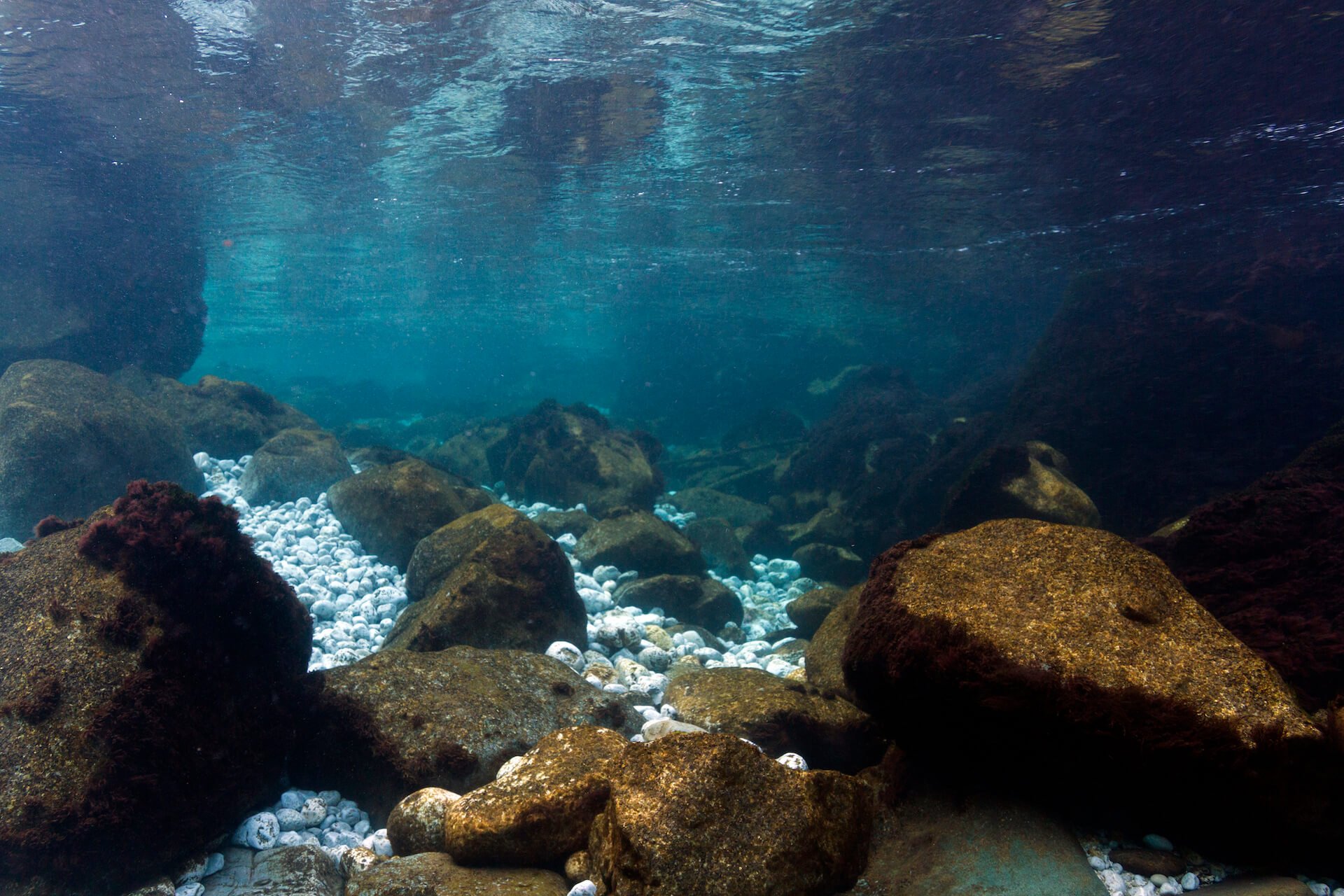Sunken Nazi Fleet Reappears in River Amid Severe Drought
A blistering summer drought has unveiled a long-lost fleet of Nazi ships in the River Danube. For over 80 years, these vessels remained submerged, hidden beneath the water.
As the river levels dropped drastically in 2022, the ships, still decked out with explosives, resurfaced near the Serbian town of Prahovo, catching the attention of locals and historians alike.
Drought Unveils a Deadly Past
The discovery wasn’t accidental—the River Danube has seen water levels drop to historic lows, revealing secrets of World War II.

Source: Freepik
The ships, scuttled by Nazi Germany’s Black Sea fleet in 1944, were meant to block the Red Army’s advance.
Why Were These Ships Sunk?
In September 1944, Nazi forces scuttled nearly 200 vessels in a desperate attempt to halt Soviet forces. The goal was to block key waterways like the Danube and prevent their fleet from falling into enemy hands.

Source: Freepik
The retreat from the advancing Red Army through the narrow Djerdap Gorge left the Germans no choice but to sink the ships where they stood.
Serbia's Dangerous Discovery
The Serbian port town of Prahovo is now dealing with the aftermath of the fleet’s reappearance. “Captains must be extremely cautious,” warns Damir Vladic, a local port manager, as these sunken vessels threaten river traffic.

Source: Freepik
Some ships’ steel hulls have pierced the water’s surface, creating hazards for passing boats while also exposing a piece of forgotten history.
The Nazi Fleet’s Explosive Legacy
What makes these wrecks particularly alarming is the presence of unexploded ordnance. These ships are filled with mines, shells, and other munitions.

Source: Public Domain/Wikimedia Commons
According to historian Velimir Miki Trailovic, removing the vessels poses a massive risk due to the buried explosives. An extremely careful salvage operation is necessary to avoid any catastrophic detonations.
A Race Against Time to Clear the River
Serbian officials have launched a 30 million euro project, backed by the European Investment Bank, to remove the sunken ships. The first ship, a minesweeper, was pulled from the river in August 2022.

Source: Jordan Benton/Pexels
The plan is to retrieve 21 vessels over the next year and a half, but the work is understandably slow and dangerous due to the sensitive explosives onboard.
Hungary's Shipwrecks Also Surface
The drought hasn’t only affected Serbia. Hundreds of miles upstream, by Hungary’s Danube-Drava National Park, four other Nazi ships have surfaced. These vessels, dating from before 1950, have been exposed by receding waters.

Szemes Elek/Wikimedia Commons
However, like the ships in Serbia, these wrecks also contain dangerous remnants of World War II, adding another layer of complexity to their retrieval.
Environmental Impacts of the Drought
Europe has been experiencing intense droughts for years, with the Danube reaching record-low levels. In October 2018, the river stood at just 1.3 feet, making parts of it unnavigable.

Source: Freepik
This recurring issue not only threatens river traffic but also jeopardizes drinking water supplies for millions of people in the region.
The Copernicus Program's Alarming Findings
The European Commission’s Copernicus program has been monitoring the situation. In 2022, it confirmed that the drought was so severe that large stretches of the Danube became unnavigable.

Source: Wikimedia Commons
The river, which stretches 1,770 miles from Germany to Romania, is a vital trade route, and these disruptions have serious consequences for the region’s economy and ecosystems.
Local Treasures or Dangerous Artifacts?
While the ships hold historical value, some locals worry they are becoming targets for scavengers. In Hungary, parts of one wreck have mysteriously disappeared, likely taken by curious onlookers or treasure hunters.

Source: Ashin K Suresh/Unsplash
Park guard Endre Sztellik expressed concern, saying, “We still don’t know what this is exactly,” but pieces of history are vanishing along with the ship’s remains.
How Long Will the Ships Be Visible?
As Eastern Europe finally received some long-awaited rain in late summer 2022, the Danube’s water levels began to rise again. In some areas, water levels increased by several feet, slowly submerging the wrecks once more.

Source: Pixabay
Experts predict that the ships could remain hidden again until the next major drought, leaving their fate up to nature.
A Historical Reminder Beneath the Surface
The Nazi fleet’s reappearance is a reminder of the region’s war-torn past and the environmental challenges we face today.

Source: Matt Hardy/Unsplash
As climate change intensifies droughts across Europe, hidden relics like these may continue to resurface, providing glimpses into history while posing risks to those tasked with managing their safe removal.
